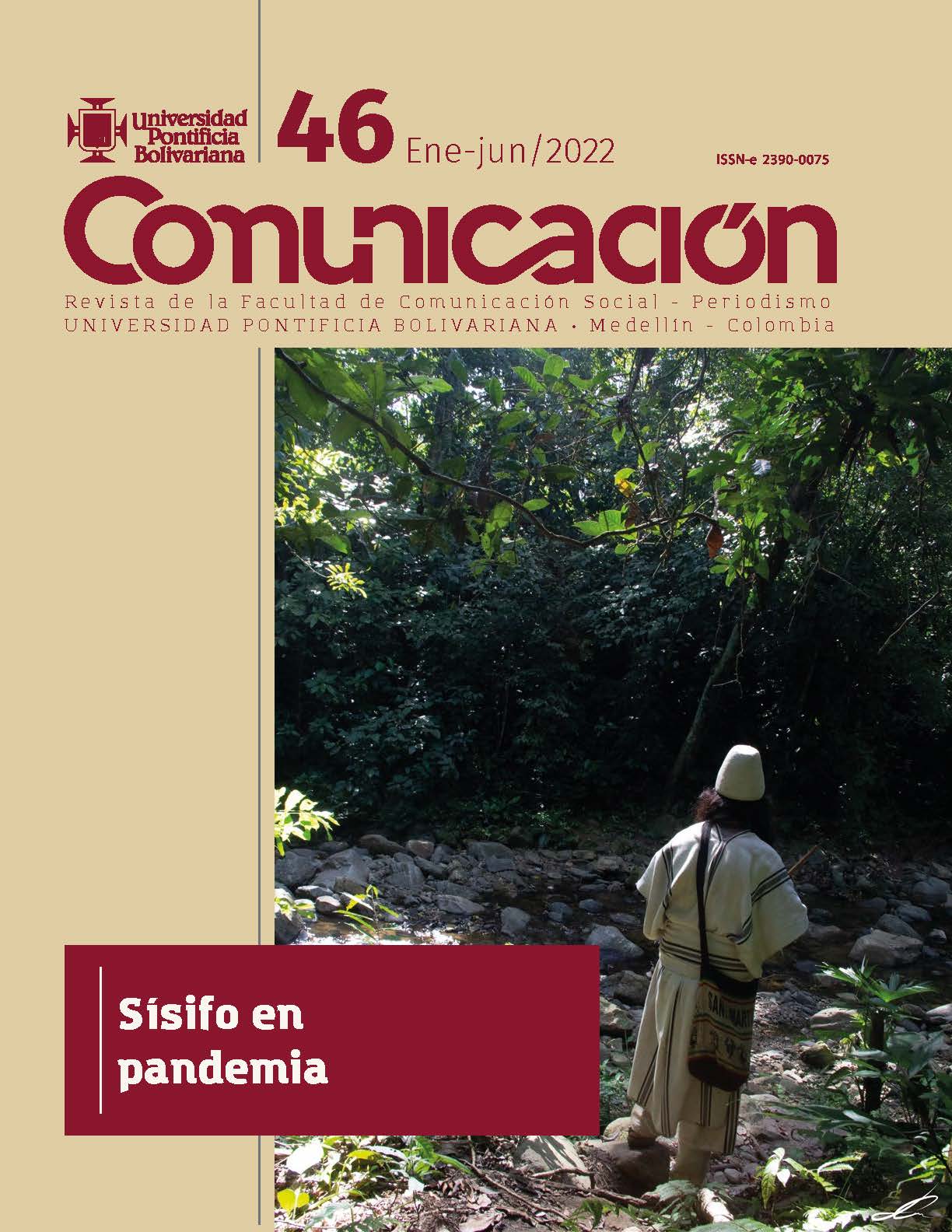Community narratives in the construction of the social imaginary. Approaches to the story as a living resource of collective memory
Main Article Content
Abstract
This work tries to establish the composition of the discursive properties of the narrative to describe and deepen some connections that the social imaginary poses. From this perspective, the story, which emerges from the narrative, appears as the living, dynamic and oralized resource that establishes the nature of the facts and nests them in the memory of the social community. In its structure, the story is configured from discourses that respond to a vigorous oral tradition, where the identity references of the communities are reflected. At the same time, this formulation also aims to explain how stories are woven into the conformation of a series of beliefs, desires and cultural recreations. This set of processes is condensed into the category of the social imaginary. The particular connection of the narrative and its extension in the story, as well as the articulation of the historical references supported by the collective memory of a space, are the permanent nourishment of the constitution of an imaginary, that is, of an emerging imaginary.
References
Baczko, B. (2005). Los imaginarios sociales: memorias y esperanzas colectivas. Nueva Visión.
Castoriadis, C. (2005). Figuras de lo pensable. Fondo de Cultura Económica.
Cocimano, G. (2006). La tradición oral latinoamericana, las voces anónimas del continente caliente. Araucaria, 8(016), 23-36.
Foucault, M. (2005). El origen del discurso. Fábula, Tusquets.
Freud, S. (1989). Tótem y tabú (Tercera edición). Alianza Editorial.
Heródoto. (1999). Los nueve libros de la historia. Conaculta.
Jelin, E. (2002). Los trabajos de la memoria. Siglo XXI Editores.
Lévi-Strauss, C. (1989). Mito y significado. Alianza Editorial.
López Austin, A. (2012). El conejo en la cara de la luna. Ensayos sobre mitología de la tradición mesoamericana. Era, INAH, Conaculta.
Lyotard, F. (1998). La condición posmoderna. Cátedra.
Ochs, E. (2001). La narrativa. En T. Van Dijk (Comp.), El discurso como proceso y estructura. Gedisa.
Quintanilla Coro, V. (2003). “Memoria e imaginario social: de la oralidad a la escritura” en Oralidad Anuario 12. Para el rescate de la tradición oral en América Latina y el Caribe. Oficina Regional de Cultura para América Latina y el Caribe de la Unesco, 25-33.
Ricoeur, P. (2014a). Historia y narratividad. Paidós.
Ricoeur, P. (2014b). Tiempo y narración I. Siglo XXI Editores.
Serret, E. (2001). El género y lo simbólico: la construcción imaginaria de la identidad femenina. UAM, Azcapotzalco, Biblioteca de Ciencias Sociales y Humanidades.
Todorov, S. (2013). Los abusos de la memoria. Paidós Contextos,
Van Dijk, T. (2001). El discurso como proceso y estructura. Gedisa.
Wallerstein, E. (1996). Abrir las ciencias sociales. Siglo XXI Editores, UNAM.






